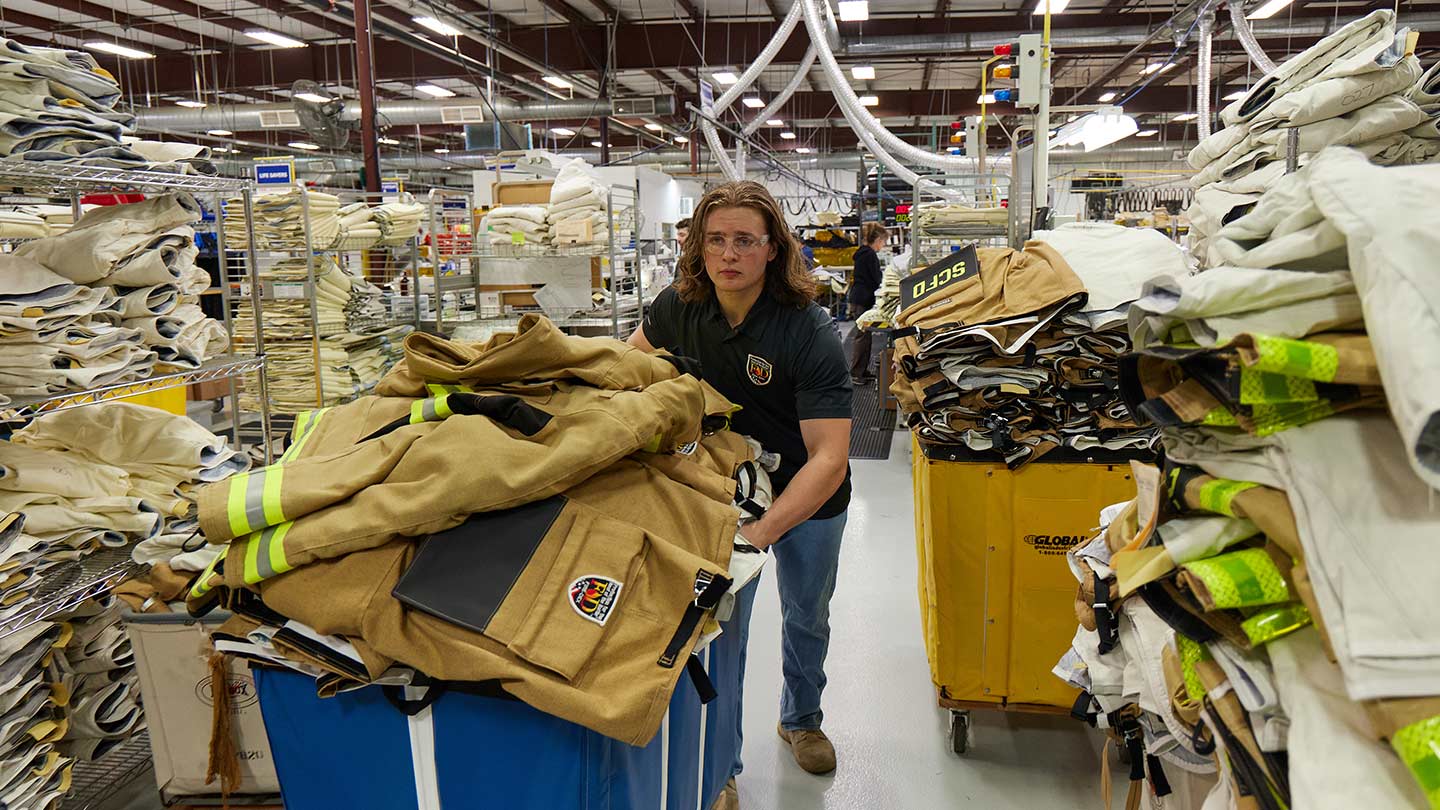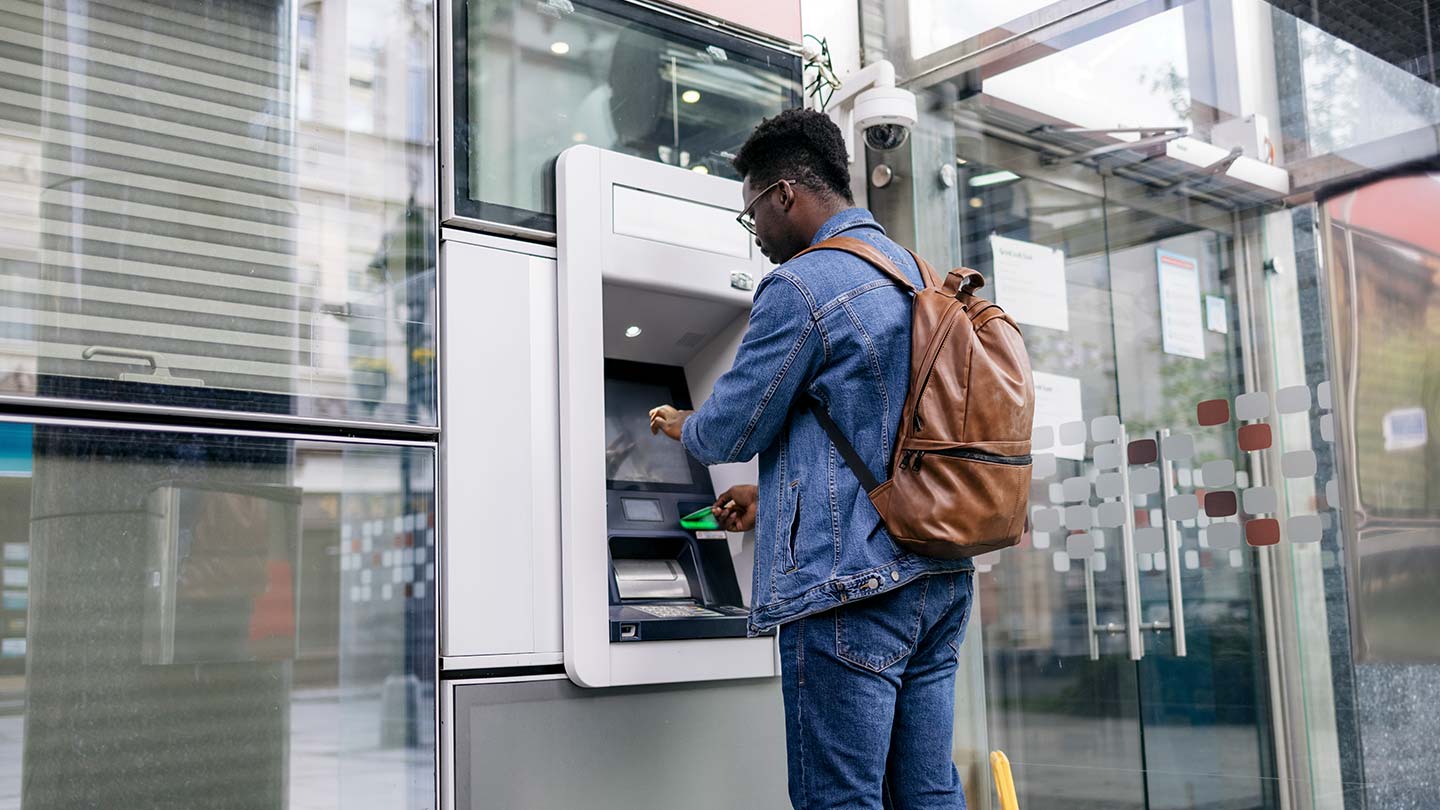Today the JPMorgan Chase Institute released new research evaluating the financial impact of Hurricanes Harvey and Irma on consumers, small businesses and local commerce in Houston and Miami.
The Institute’s data present an unparalleled view into the lives of consumers and small businesses, both preceding and following the hurricanes, to provide a first-ever daily lens into the impact of these hurricanes on financial flows in the weeks before and after the hurricanes. The new research reviewed 1 million de-identified aggregated consumer checking accounts and 40,000 small businesses checking accounts, as well as local commerce data drawing from 24 billion de-identified credit and debit card transactions across 14 cities, including Houston and Miami.
"As these types of storms become increasingly common and increasingly expensive, we must do more to understand at a granular level the financial impact they have on consumers, small businesses and local commerce," said Diana Farrell, President and CEO, JPMorgan Chase Institute. "In doing so, we can help government agencies at all levels, private industry, insurers, non-profits and consumers better understand what financial resilience actually looks like, as well as examining how cities should prepare for and respond to future weather events."
The data show several interesting trends that could impact the welfare and well-being of residents and small businesses, as well as potential long-term financial consequences of the storms, which can help communities better prepare for future disasters. The research also shows some important ways in which the financial impacts differed in Houston and Miami. Key insights include:
Consumer Impact:
- During the week of landfall, checking account inflows for consumers were more than 20 percent ($400) lower and outflows were more than 30 percent ($500) lower than the baseline in the week of landfall for both Harvey and Irma.
- During the week of landfall, spending at healthcare providers was 65 percent and 53 percent lower than baseline in Houston and Miami respectively. Twelve and 10 weeks after landfall, that number still had not recovered, with healthcare spending 5 percent below baseline in Houston and four percent lower in Miami.
- Debt payments dropped by more than 15 percent in the week of landfall and cumulatively remained lower than baseline 12 weeks after Hurricane Harvey and 10 weeks after Hurricane Irma. Debt payments dropped to a greater extent and took longer to recover among Miami residents than Houston residents.
- In Houston, student loan payments and mortgage payments were nine percent and 12 percent lower than baseline, respectively. In Miami, student loan payments were 19 percent and 16 percent lower than baseline, respectively.
- Spending on home repair had surged by more 33 percent among Houston residents compared to just 9 percent among Miami residents.
Small Business Impact:
- Cash balances for the typical small business dropped by more than 7.4 percent after landfall in Houston and Miami but recovered within two weeks. Few small businesses in most Houston and Miami neighborhoods had significant revenue loss for more than four weeks.
- Cash inflows dropped by over 63 percent for most small businesses in Houston and 82 percent for most small businesses in Miami, and inflows for most recovered in about a week.
- Cash outflows dropped by over 54 percent for most small businesses in Houston and 62 percent for most small businesses in Miami, and outflows for most recovered in two to three weeks.
- Balances and cash flows fell in all industries during the week of landfall, but construction, repair, and maintenance firm balances increased the most in the following weeks.
Local Commerce Impact:
- The Houston metro area saw a steep year-over-year spending decline of 7.5 percent in August 2017, while the Miami metro area experienced a decline of 3.7 percent in September 2017.
- In the month after landfall, Houston saw an increase of 9.3 percent year-over-year for September, while Miami saw a year-over-year increase of 2.4 percent in October.
- It’s important to note this recovery does not necessarily indicate a recoupment of all financial losses following the hurricanes, but rather a return to normal spending level patterns.
Some of the research’s additional takeaways include:
Hurricanes Harvey and Irma represented a major financial disruption for families and businesses.
Consumers: During the week following landfall (August 25 in Houston and September 10 in Miami), inflows for consumers were more than 20 percent, or roughly $400, lower than the baseline in the week of landfall for both Harvey and Irma. Similarly, outflows dropped dramatically by more than 30 percent, or roughly, $500 in the week of landfall for both Harvey and Irma.
- In the 12 weeks after Harvey’s landfall, inflows recovered relatively quickly in Houston, but not so in Miami.
- Twelve weeks after the hurricane, individuals in Houston had received 3 percent, or $756, more inflows above the baseline. In Miami, where many in Irma’s path evacuated, recovery in inflows was slower. Ten weeks after landfall, cumulative inflows remained 1 percent ($149) below baseline.
- Notably, the hurricanes disrupted family healthcare spending and debt payment patterns, which both dropped and had still not recovered to baseline levels in either Houston or Miami more than 2 months after the storms.
Small Businesses: Cash balances for the typical small business dropped by more than 7.4 percent after landfall in Houston and Miami, but recovered to normal levels within two to three weeks. While resilience is not the same as recovery, the financial performance of these firms after a very material event shows remarkable flexibility in responding to these storms.
- In the week after landfall, small businesses experienced large reductions in inflows followed by nearly equal reductions in outflows. Many had no inflows or outflows at all during that time. The days of missed economic activity suggest a meaningful loss to small business suppliers and customers in the Houston and Miami economies.
- Cash inflows dropped by over 63 percent for most small businesses in Houston and 82 percent for most small businesses in Miami, and inflows for most recovered in about a week.
- Cash outflows dropped by over 54 percent for most small businesses in Houston and 62 percent for most small businesses in Miami, and outflows for most recovered in two to three weeks.
- The short-term impact was felt widely across industries and neighborhoods in both Houston and Miami.
- During the week after landfall, in most Houston and Miami area zip codes, most small businesses experienced year-over-year declines in inflows over at least 50 percent.
- In some neighborhoods, an even larger share of businesses experienced these large declines in inflows during the week after landfall. More than 70 percent of small businesses in the 77026 zip code (Kashmere Gardens, Houston) and in the 33133 zip code (Coconut Grove, Miami) saw inflows decline by more than 50 percent year-over-year.
- Balances and cash flows fell in all industries during the week of landfall in both Houston and Miami, but construction, repair, and maintenance firm balances increased the most in subsequent weeks.
Local Commerce: Spending growth at local businesses in Houston and Miami lagged other metros by 8.1 and 8.2 percentage points, respectively, in hurricane landfall months.
- The decline in spending occurred among consumers of all income levels and across nearly all age groups, but nearly all consumers made positive contributions to growth in the months after landfall.
- In Houston, the year-over-year decline in spending of 7.5 percent in August was more than offset by a year-over-year increase in spending of 9.3 percent in September. Miami experienced a spending decline of 3.7 percent in September followed by an increase of 2.4 percent in October. The rally in Miami did not completely offset the decline in September, but note that recovery was already underway in September, which muted the measured impact of Hurricane Irma.
- In the months after landfall of Harvey and Irma, spending growth in Houston and Miami exceeded growth in other LCC metros by 4.8 and 3.2 percentage points, respectively.
While consumers and small businesses in both Houston and Miami may have seen inflows and outflows return to normal and hence healthy balances, they continue to see significant welfare impacts. Consumers spent significantly less on both healthcare and debt payments.
- In the week after landfall, consumers cut spending across most categories, but spending at healthcare providers dropped by more than 50 percent and still remained lower than baseline 12 weeks after.
- Twelve and 10 weeks after Hurricanes Harvey and Irma, respectively, consumers had not fully caught up on healthcare and medical payments they had deferred during the week of the hurricane.
- During the week of hurricane, healthcare spending in Houston was 65 percent lower than baseline. In Miami, it was 53 percent lower.
- Twelve weeks after Harvey landfall, healthcare spending remained 5 percent lower. Ten weeks after Irma landfall, healthcare spending remained 4 percent lower.
- This raises a critical public policy question as to whether the slowdown in healthcare spending was caused by a drop in demand—in that consumers sought out less care and prioritized spending elsewhere—or by disruptions in healthcare supply, as a result of the hurricane.
- Small health care service businesses in Houston had the slowest growing outflows, and saw balances decline when compared to 2016.
- Debt payments dropped by more than 15 percent in the week of landfall and cumulatively remained lower than baseline 12 weeks after Hurricane Harvey and 10 weeks after Hurricane Irma. Debt payments dropped to a greater extent and took longer to recover among Miami residents than Houston residents.
Small businesses and consumers alike are holding on to cash, presumably in anticipation of increased spending. This may be due to the fact that small business owners and consumers are uncertain about exactly how much cash they will need on hand for their long-term recovery.
- Consumer checking account balances were 10 percent or roughly $670 higher than baseline three months after Hurricane Harvey, but showed little growth after Hurricane Irma. By contrast, By contrast, in Miami, where damages were less dramatic and less hurricane relief was extended, consumer balances were 2 percent, or roughly $70, higher 10 weeks after landfall.
Harvey’s impact on spending in Houston was negative across virtually all consumer income and age brackets, and across all product categories, leading to a near-total halt in commerce across Houston’s geography, business size, income and demographics. Irma’s impact differed from that of Harvey, with less pronounced declines in local commerce during the month of landfall.
- Local commerce spending declined at businesses of all sizes, but mid-sized businesses declined most notably upon Harvey’s landfall. Spending at small businesses did not experience positive year-over-year growth until October.
- In Houston, local commerce declined among nearly all consumer groups during the landfall month (consumers under 25 experienced flat growth). Only spending on fuel increased during the landfall month, likely due to anticipatory purchasing.
- By contrast, consumers in Miami increased spending on nondurable goods in the month of landfall, and consumers under 25 added to growth.



